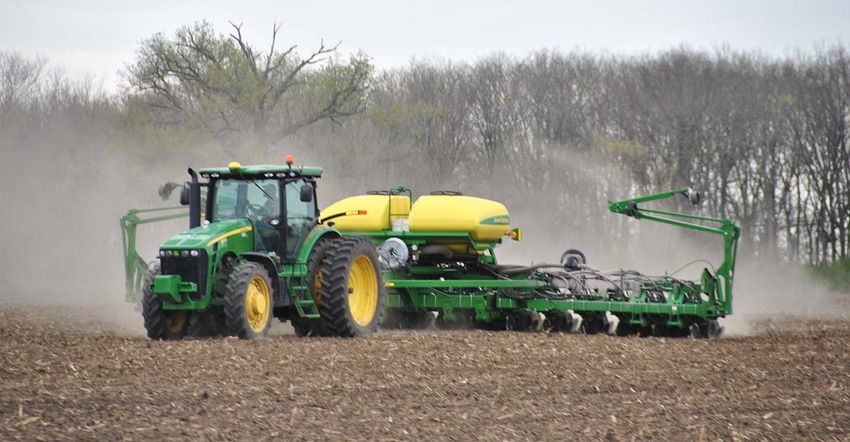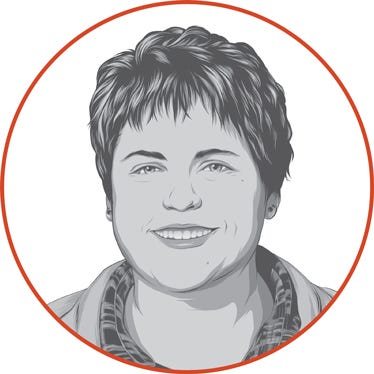
It can happen to even the savviest of farmers: You look back on the previous crop year and question if your planting population was off, if that fungicide you applied paid, or if you captured any carry by storing grain. Let the second-guessing begin.
The hot topic in our coffee shop and on social media lately has been soybeans. If you are anything like me, you are trying to figure out how to get the most out of your soybean crop.
Here are some of our focus areas for soybeans:
The acreage shift to soybeans. We have a 60-40 split that is heavy on soybeans this year. We are rotating some of these acres from corn in 2016, but 20% of our 2017 soybeans are leaving a 10-plus-year continuous corn program. Why the change? We are in the business of making a profit, not raising a particular crop.
Seed. We have several options when it comes to soybean seed: conventional, LibertyLink, Roundup Ready 2 or Roundup Ready 2 Xtend. We decided on Roundup Ready 2 for all of our acres. Our chemical program has worked well with Roundup Ready 2.
We next look at maturity dates. We farm in central Illinois. Our top concern is all of our soybeans maturing at the same time. This is a yearly concern, but more so since we are now at 60% soybeans.
As a result, we are spreading out our maturity dates more than usual. We plan to plant mid-maturity soybeans first on our best soils, and later-maturity seeds as the spring progresses. If this plan doesn’t work and all of our soybeans ripen at the same time, we’ll go to Plan B: rent another combine.
Seed treatments. Seed treatments add cost, but they are essential for seed protection. Every soybean will have a fungicide and insecticide treatment to help protect the seed from disease and insect pressure. We have had problems on some farms with sudden death syndrome. The seed on those farms will have ILeVo treatment to help counter SDS. Lastly, we will inoculate the seeds for fields that are leaving a continuous corn program. Inoculants have been proven to help nitrogen fixation on root nodules, which can increase nodulation and yields.
Fertility. Using variable-rate technology for dry fertilizer applications is new on our farm. Farmers are increasingly using VRT dry fertilizer to increase yield and save cost. We have considered VRT dry fertilizer in the past, but didn’t give it serious thought until this year. We spent a lot of time this winter with our fertilizer supplier looking at VRT. Until this year, we have applied standard levels of phosphorus and potash. We also made calculated guesses on amounts to apply where we spread our own cattle manure. We hope to see savings with VRT fertilizer like we’ve already seen with VRT lime. Instead of a blanket spread of dry fertilizer, our applications will be based off soil tests and prior crop-year removal. VRT isn’t free, but it will improve the accuracy of our applications and, hopefully, reduce the fertilizer bill.
Marketing. I decided this winter to plant more soybeans due to economic reasons. I knew we couldn’t leave this production unhedged; we have too many dollars at stake to gamble by not marketing any grain. Even the experts have trouble predicting what the soybean market will do. I sold over 50% of our expected production at profitable prices, but I’m also using options so we can participate in large market increases. Our high-level crop insurance coverage will provide more protection by alleviating downside price risk.
I learned this winter at the Farm Futures Business Summit that I can’t force the market to come my way. I need to adapt to the market. The market indeed presented opportunities for me. Now it’s time to focus on little management decisions to capitalize on these opportunities.
Cox farms with her father, Ethan, in White Hall, Ill.
The opinions of the author are not necessarily those of Farm Futures or Penton Agriculture.
About the Author(s)
You May Also Like






